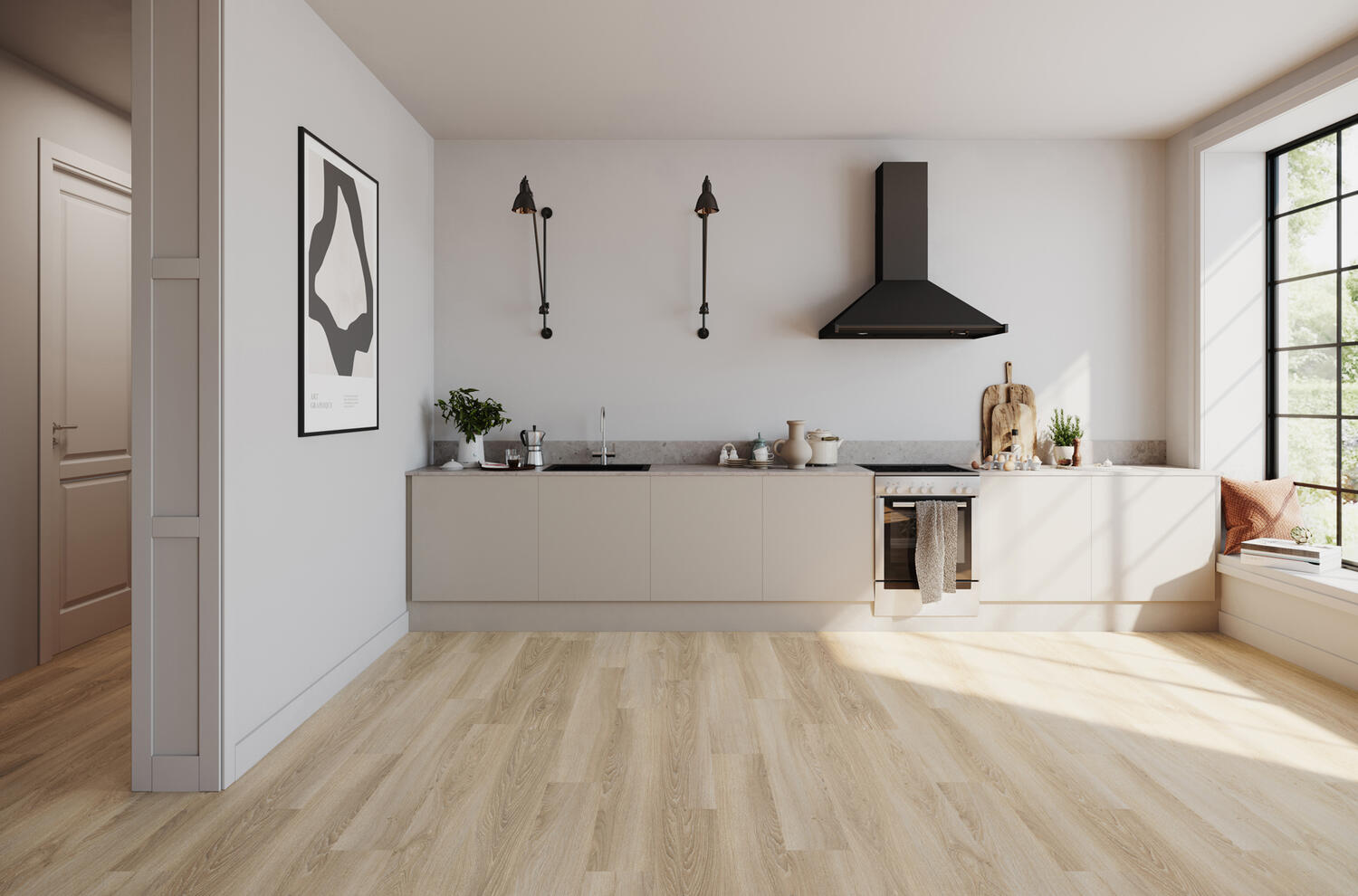
Vinyl plank flooring has become increasingly popular in recent years due to its durability, affordability, and wide range of design options. Among the factors that contribute to the aesthetic appeal and functionality of vinyl plank flooring are the edge treatments, particularly beveled and non-beveled edges. Understanding the differences between these two types of edges is crucial for making informed decisions when selecting flooring for your space. In this comprehensive guide, we will explore the distinctions between beveled and non-beveled edge vinyl plank flooring, their respective advantages and disadvantages, and considerations for choosing the most suitable option for your needs.
What is Vinyl Plank Flooring?
-
- A brief overview of vinyl plank flooring: composition, construction, and installation methods.
- Advantages of vinyl plank flooring over traditional materials such as hardwood and laminate.
Understanding Edge Treatments:
-
- Definition of beveled and non-beveled edges in the context of vinyl plank flooring.
- Visual differences between the two edge types.
- Importance of edge treatments in the overall appearance and performance of flooring.
Beveled Edge Vinyl Plank Flooring:
-
- Characteristics of beveled edge vinyl plank flooring.
- Types of beveled edges: micro-beveled, standard-beveled, and deep-beveled.
- The visual impact of beveled edges: creating depth and definition between planks.
-
Advantages of beveled edge vinyl plank flooring:
- Enhanced realism: mimicking the look of natural wood flooring.
- Better camouflage for subfloor irregularities.
- Added dimension and texture to the flooring surface.
-
Disadvantages of beveled edge vinyl plank flooring:
- Increased susceptibility to dirt and moisture buildup along the edges.
- Potential difficulty in cleaning and maintenance.
- Limited suitability for certain design styles, such as modern or minimalist interiors.
Non-Beveled Edge Vinyl Plank Flooring:
-
- Characteristics of non-beveled edge vinyl plank flooring.
- Uniformity and seamless appearance of non-beveled edges.
-
Advantages of non-beveled edge vinyl plank flooring:
- Easier cleaning and maintenance: smooth surface without crevices for dirt accumulation.
- Modern and sleek aesthetic: suitable for contemporary design preferences.
- Versatility: complements a wide range of interior styles.
-
Disadvantages of non-beveled edge vinyl plank flooring:
- Less pronounced definition between planks, potentially resulting in a less realistic wood look.
- Greater visibility of subfloor imperfections in some cases.
Factors to Consider When Choosing Between Beveled and Non-Beveled Edge Vinyl Plank Flooring:
-
- Design preferences: traditional vs. modern, rustic vs. contemporary.
- Room size and layout: impact of edge treatments on visual perception of space.
- Maintenance requirements: ease of cleaning and resistance to dirt accumulation.
- Subfloor condition: level of smoothness and imperfections.
- Budget considerations: cost differentials between beveled and non-beveled options.
Installation Considerations:
-
- Differences in installation methods and techniques for beveled and non-beveled edge vinyl plank flooring.
- Importance of proper subfloor preparation for both edge types.
- Tips for achieving professional-looking results during installation.
Maintenance and Care:
-
- Cleaning techniques for beveled and non-beveled edge vinyl plank flooring.
- Special considerations for maintaining the appearance and integrity of each edge type.
- Recommended cleaning products and tools.
Conclusion:
-
- Recap of key differences between beveled and non-beveled edge vinyl plank flooring.
- Importance of considering design preferences, maintenance requirements, and installation considerations when making a decision.
- Final recommendations for selecting the most suitable edge treatment based on individual needs and preferences.
In conclusion, the choice between beveled and non-beveled edge vinyl plank floors ultimately depends on various factors such as design preferences, maintenance requirements, and installation considerations. By understanding the distinctions between these two edge treatments and considering the pros and cons of each, homeowners and designers can make informed decisions to achieve the desired aesthetic and functionality for their space.